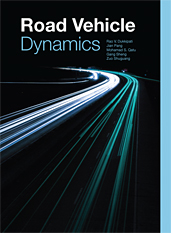Technical Paper
Improve Heat Resistance of Composite Engine Cowlings Using Ceramic Coating Materials, Experimental Design and Testing
2017-09-19
2017-01-2130
Oven and flame tests were designed and conducted to evaluate the heat resistance of a ceramic coating material, Cerakote C-7700Q, and evaluate its viability to replace the intumescent coating as one painting material for helicopter engine cowlings. The test results showed that the currently used painting scheme of the engine cowlings failed the 220°C oven test while after replacing the epoxy seal coat with the Cerakote, the new painting system passed the 220°C test in regards to painting bubbling. This study explained why serious appearance defects occurred in the inner skin of the engine cowling when the aircraft is hovering and suggested that one most time- and cost-effective solution is to repaint the current engine cowlings with a new three coating system of Cerakote, surface protection HS7072-622, and intumescent paint as a fireproof lacquer.


